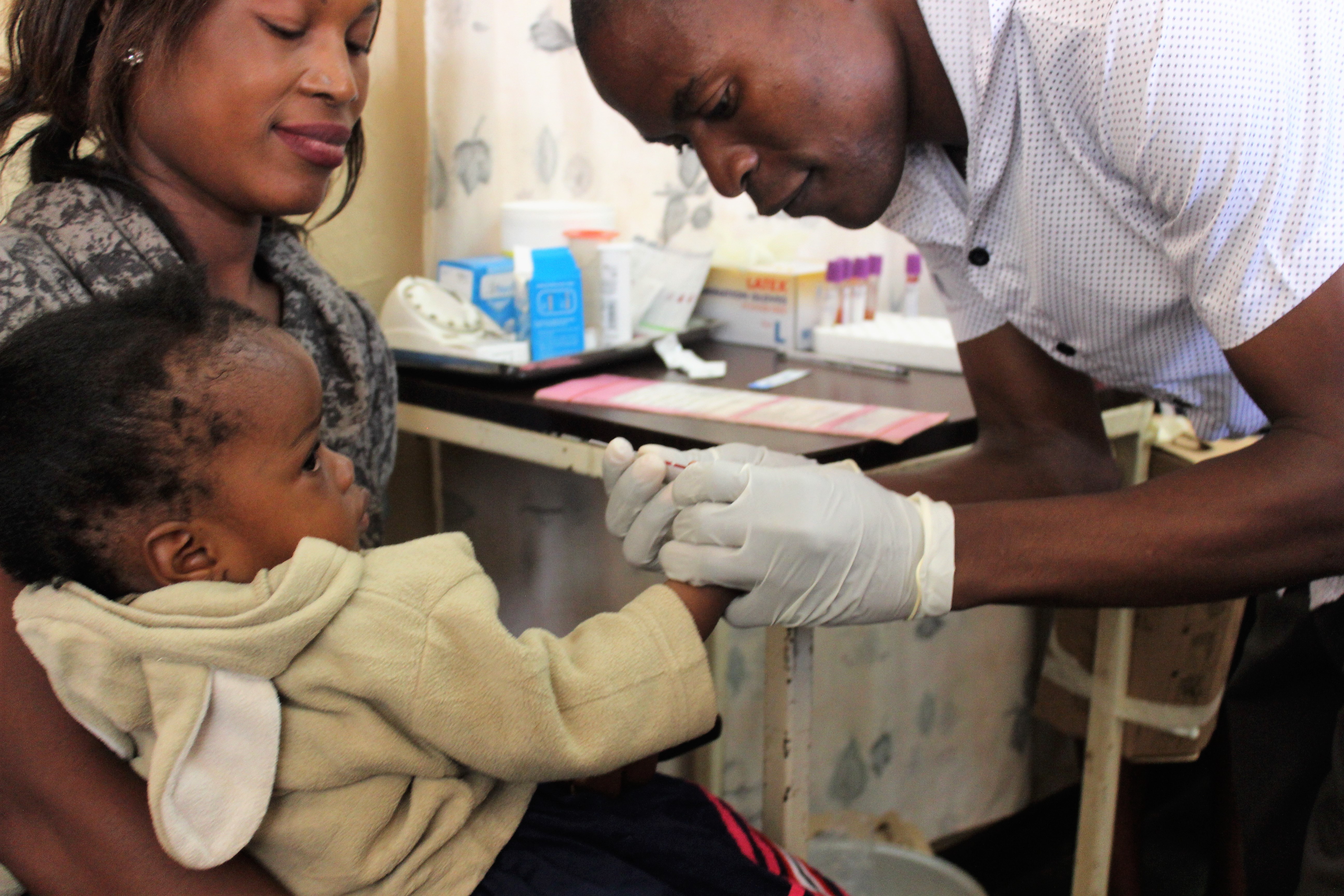Country Snapshot: Lesotho

In Lesotho, Government of Lesotho policies and systems to recruit, manage, and distribute the health workforce face significant constraints, resulting in chronic underinvestment and staffing shortages that have undermined the achievement of HIV epidemic control. Posting, recruitment, and deployment of public servants is primarily carried out at the central level by the Ministry of Public Service (MOPS), involving processes that can take up to one year to complete. Between 2014-2018, line ministries were unable to create new posts due to wage bill constraints. As such, the Ministries of Health (MOH) and Social Development (MOSD) have depended substantially on PEPFAR and other partners such as the Global Fund for AIDS, Tuberculosis, and Malaria to support the workforce needed to achieve HIV/AIDS epidemic control.
HRH2030 Presence in Lesotho
PEPFAR and the Global Fund to Fight AIDS, Tuberculosis, and Malaria supplement the budgets of Lesotho’s local governments to either hire additional health care workers (i.e., contracted staff) or to amplify the reach and effectiveness of existing staff through overtime pay, support for outreach activities, motivational benefits, and skills development. HRH2030 has supported PEPFAR and GFATM in Lesotho to inventory this workforce support and create a user-friendly dashboard to quickly understand the investments and have the data to discuss with the Government of Lesotho a develop a long-term strategy to support sustainability.
In addition, HRH2030 has embedded a senior HRH capacity building advisor with the MOH, under the technical supervision of HRH2030 Program consortium partner Open Development, to provide guidance to the MOH Human Resources Department in planning, production, management, governance, skills building, and performance enhancement of HRH; implementation and improved utilization of the Human Resources Information System (HRIS); and organizational capacity strengthening to deliver quality integrated HIV and TB services, maternal and newborn health, child health, nutrition and services at national, district facility and community levels.
Photo: Baby Bridget gives a blood sample as part of an early infant diagnosis test for HIV. At 18 months, she is HIV negative. Photo credit: Kevin Kawana (2018)
Related News & Resources
Strategic Investments in the Health Workforce: Learning from Lesotho
COVID-19 highlighted the critical need for countries to make greater investments in their health workforce. This is no truer than in Lesotho.
No Return to Normal: Ensuring an Optimized Health Workforce in the Post COVID-19 Recovery
As we enter the Year of the Health and Care Workers, we are in a timely position to pause and reflect on adaptations to the service delivery landscape in response to COVID-19.
Webinar: No Return to Normal: Ensuring an Optimized Health Workforce in the Post COVID-19 Recovery
As we enter 2021, there’s still a long road to recovery from the impact of the COVID-19 pandemic on the global health system.






 Lesotho
Lesotho